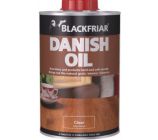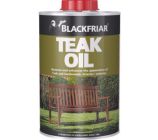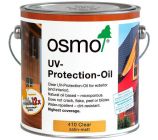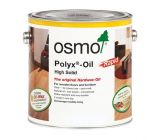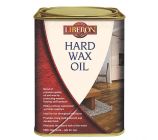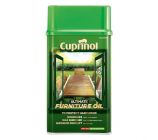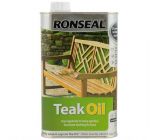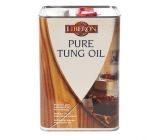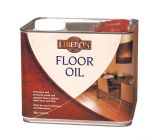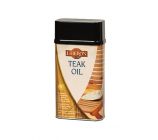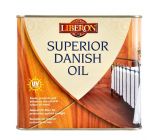
Wood Oil
Wood oil is used to add a protective layer over its surface, alongside bringing out its character as it soaks right into the grains of the wood. One of its main uses is to replace the natural oils that are usually lost from weathering. Be aware that it is difficult to cover it over with wood varnish or wood paint.
-

Blackfriar Danish Oil
From:£8.95(inc VAT)multiple sizes -

Blackfriar Raw Linseed Oil
From:£3.95(inc VAT) -

Blackfriar Teak Oil
From:£5.95(inc VAT)multiple sizes -

Osmo Top Oil
From:£20.16(inc VAT)multiple sizes -

Osmo UV Protection
From:£27.29(inc VAT)multiple sizes -

Blackfriar Boiled Linseed Oil
From:£3.95(inc VAT)multiple sizes -

Barrettine Danish Oil
From:£7.95(inc VAT)multiple sizes -

Osmo Polyx Oil
From:£31.93(inc VAT)multiple sizes -

Barrettine Log Cabin Treatment
From:£35.49(inc VAT) -

Osmo UV Protection Extra
From:£27.29(inc VAT)multiple sizes -

Osmo Polyx Oil Rapid
From:£35.08(inc VAT)multiple sizes -

Liberon Hard Wax Oil
From:£32.95(inc VAT)multiple sizes -

Cuprinol Ultimate Furniture Oil
From:£11.95(inc VAT)multiple sizes -

Ronseal Teak Oil
From:£13.95(inc VAT) -

Liberon Pure Tung Oil
From:£8.95(inc VAT)multiple sizes -

Liberon Floor Oil
From:£17.95(inc VAT)multiple sizes -

Liberon Quick Drying Tung Oil
From:£10.95(inc VAT)multiple sizes -

Liberon Teak Oil with UV
From:£8.49(inc VAT)multiple sizes -

Liberon Finishing Oil
From:£6.49(inc VAT)multiple sizes -

Liberon Superior Danish Oil with UV Filter
From:£6.95(inc VAT)multiple sizes
Frequently asked questions about wood oil
How to oil wood
Note that all of our individual wood oils have specific application guidelines on their product pages. As a basis, follow the below steps to apply oil to wood surfaces:
- Prepare the wood by sanding, if necessary
- If oiling a new wood, thin the first coat with 5% white spirit
- Shake the wood oil can
- Either apply the wood oil using a brush or apply a moderate amount to a rag
- Once you have applied wood oil to the entire surface, allow it to absorb for a few minutes then wipe off any excess with a clean rag
- Allow the first layer of oil to dry overnight before applying a second layer
- If applying a second layer, only apply a small amount of wood oil
- Allow the second layer to absorb for a few minutes then wipe off any excess with a clean rag
- If required, you can repeat the process for the desired finish but ensure that you allow sufficient time to cure between each application
- Follow manufacturer guidelines for drying time and do not touch until completely dry
How to remove Danish oil from wood
Follow the below steps to remove Danish oil from wood;
- If only removing Danish oil from a specific area, use painter’s tape to isolate this area and protect surrounding areas
- Apply a paint stripper as per the manufacturer’s instructions and leave for the specified amount of time (it is important to follow this time, otherwise removing the oil will require more physical effort)
- Once the paint stripper has dried, use a putty knife and rags to remove as much of the Danish oil as possible. At this point, it should bubble up and slide off
- Clean the paint stripper residue as manufacturer guidelines instruct and wipe the surface clean
- Sand the wood surface with sandpaper or steel wool to remove any debris or remaining oil
What does linseed oil do to wood?
Linseed oil can saturate deep into the wood grain on furniture or wood surfaces which protects it against scratches and changes in humidity. It is one of the most popular wood oils amongst decorating trade and DIY as it is eco-friendly and seeps deep into the grain of the wood, rather than creating a film over it.
Our best-seller Blackfriar Boiled Linseed Oil is also useful for softening metal glazed putty and provides a sleek ruby tint with a light gloss finish.

